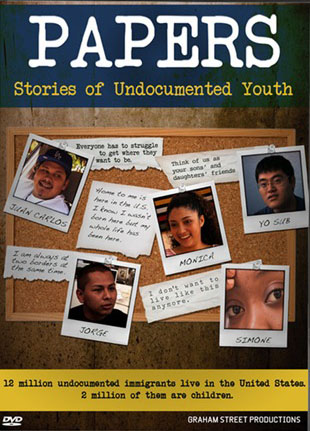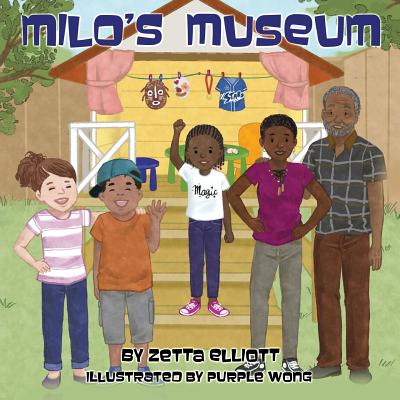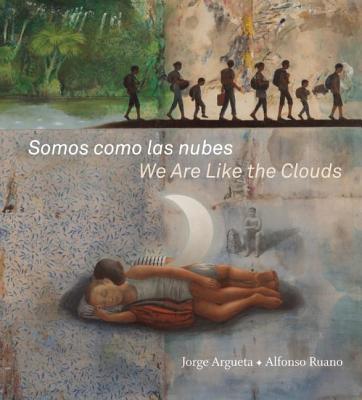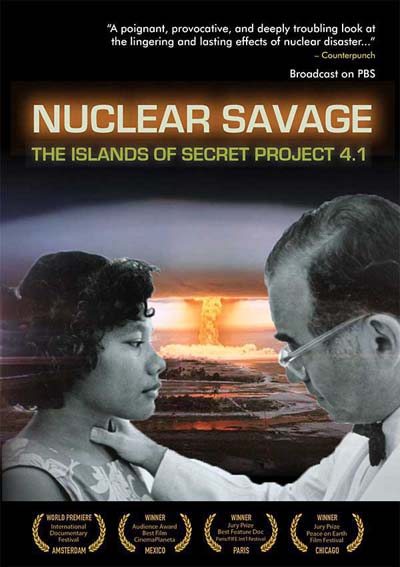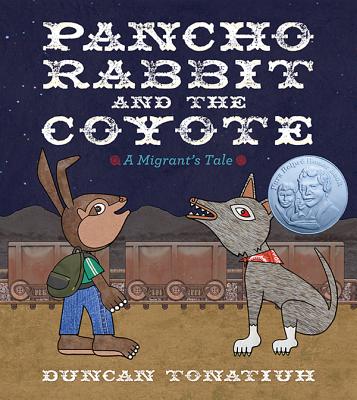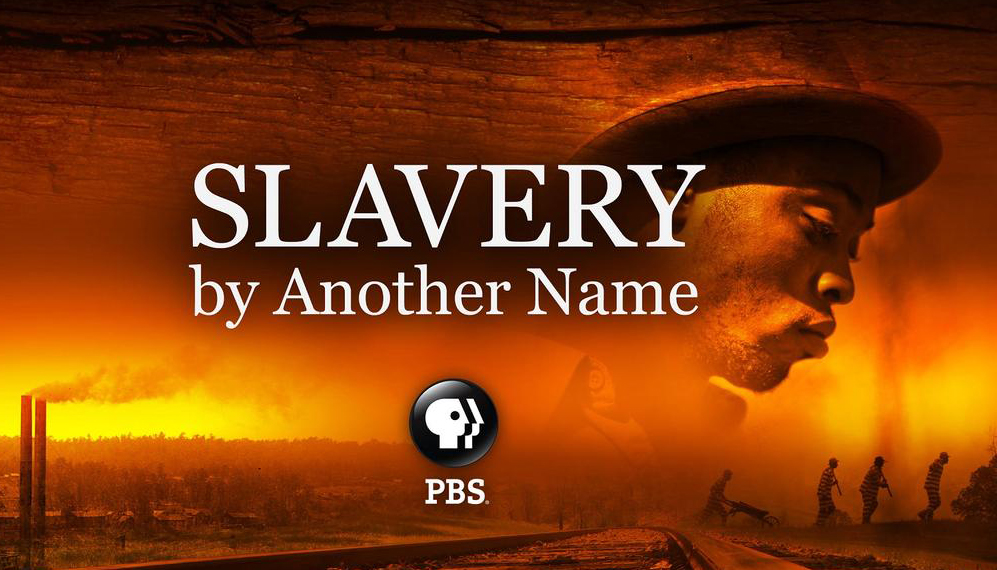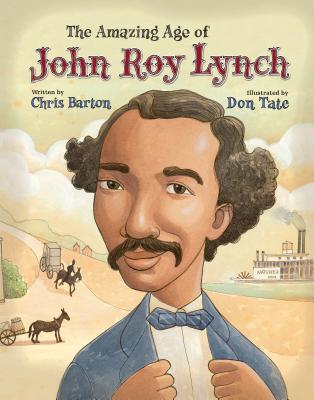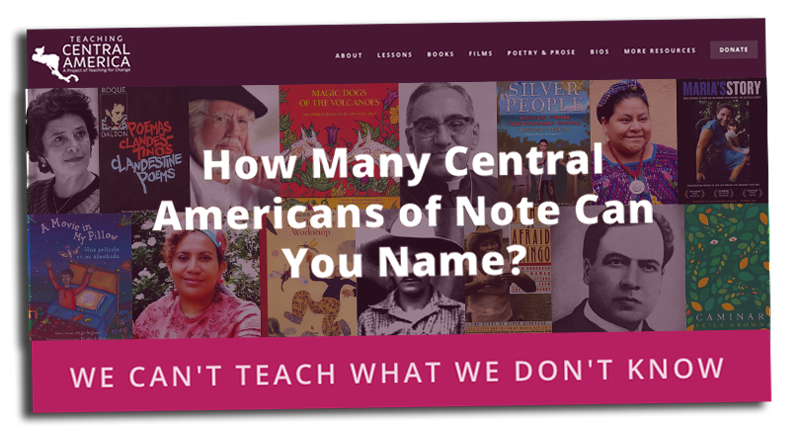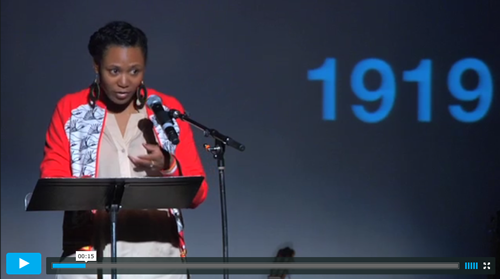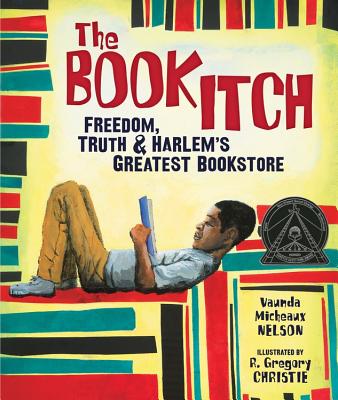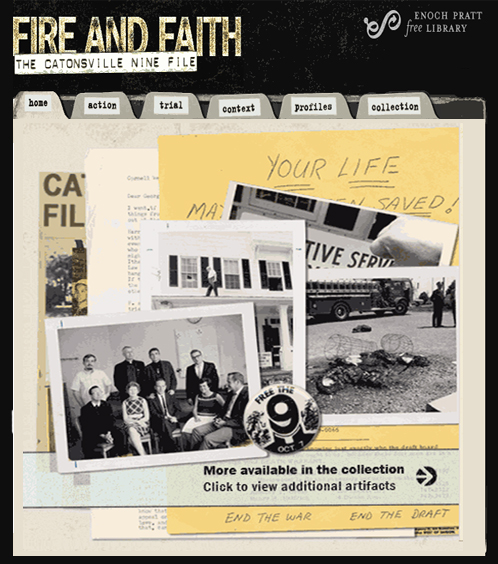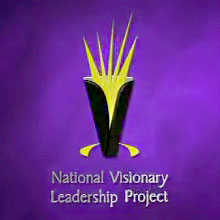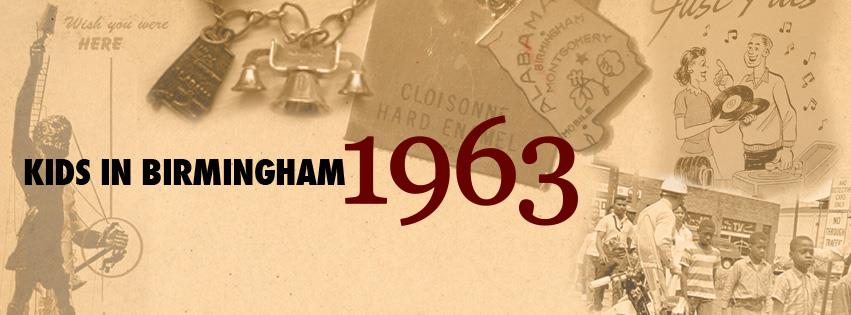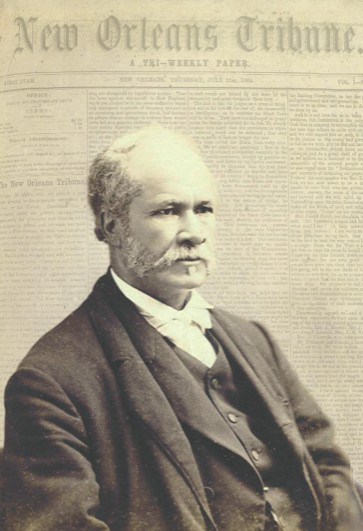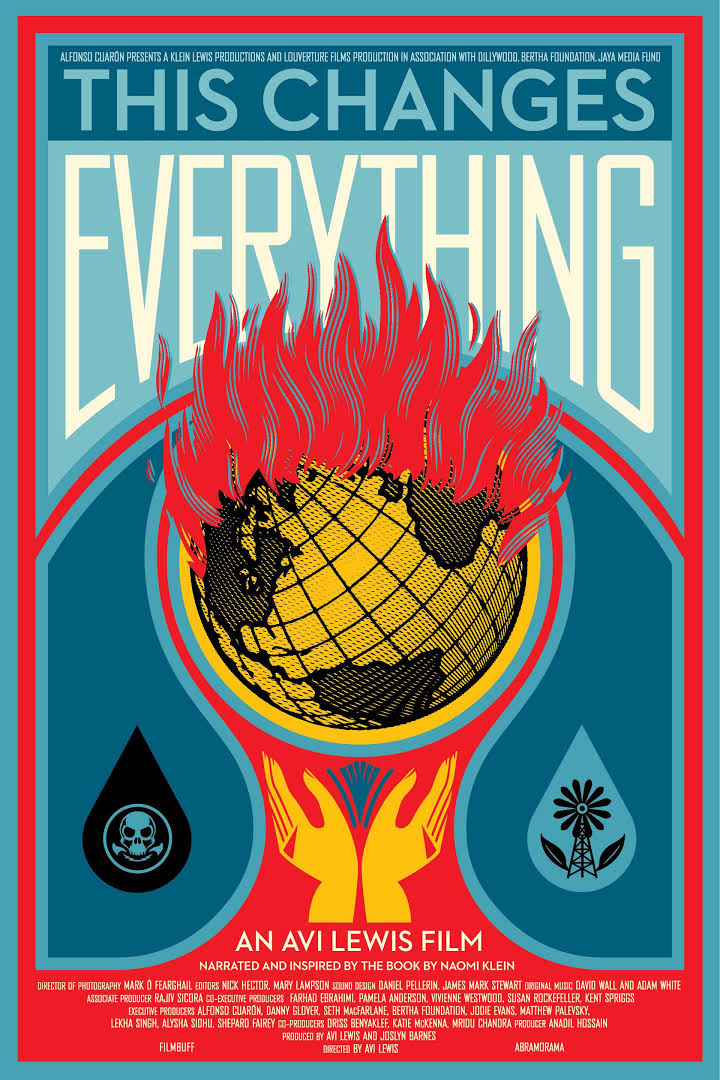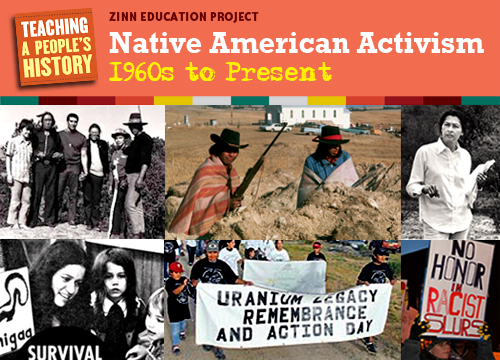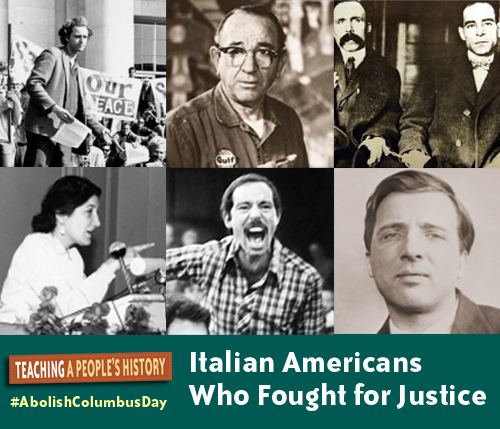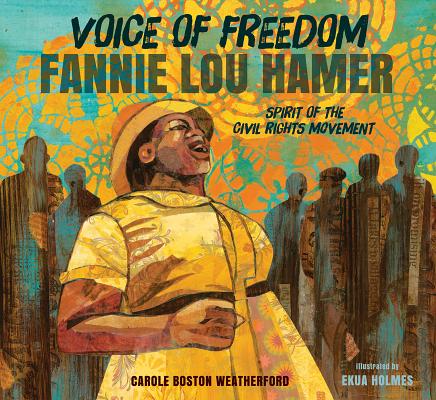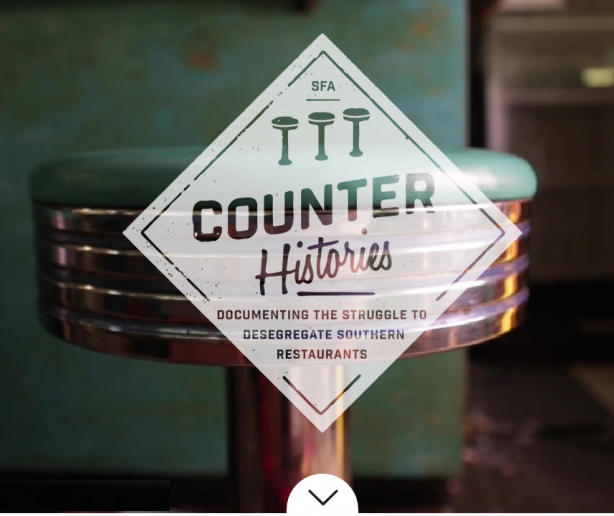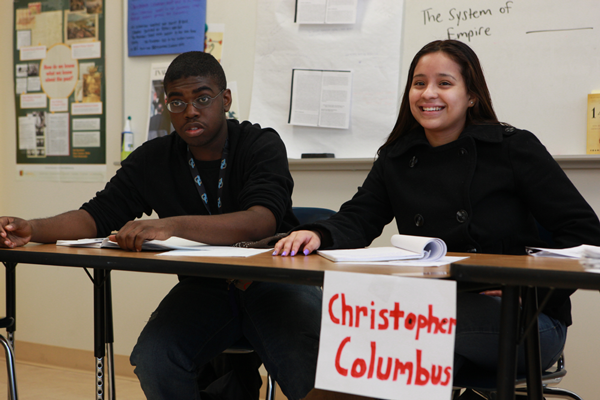Film. Graham Street Productions. 2009. 110 minutes.
The story of undocumented youth and the challenges they face as they turn 18 without legal status.
Continue reading
Film. By Upstander Project. 2015. 13 minutes.
Story of forced removal of Native American children in Maine sent to boarding schools.
Continue reading
Picture book. By Zetta Elliott. Illustrated by Purple Wong. 2016. 36 pages.
A story that introduces young readers to the historic mis-representation (and absence) of people of color in museums and how to take action.
Continue reading
Picture book. By Jorge Argueta. Illustrated by Alfonso Ruano. 2016. 36 pages.
Poems written in Spanish and English address the struggles of child refugees fleeing Central America for the United States. Grade 2+.
Continue reading
Film. By Adam Jonas Horowitz. 2012. 60 and 87 minutes.
History of the U.S. government's testing of nuclear weapons and fallout on the people of the Marshall Islands.
Continue reading
Picture book. Written and illustrated by Duncan Tonatiuh. 2013. 32 pages.
An age-appropriate story that brings to light the hardship and struggles faced by thousands of families crossing the border.
Continue reading
Film. By Sam Pollard, Catherine Allan, Douglas Blackmon and Sheila Curran Bernard. 2012. 90 minutes.
Reveals the interlocking forces in the South and the North that enabled “neoslavery” post-Emancipation Proclamation.
Continue reading
Picture book. By Chris Barton. Illustrated by Don Tate. 2015. 50 pages.
An in-depth look at the Reconstruction period through the life of one of the first African-American congressmen.
Continue reading
Website.
An online collection of lessons, book lists, biographies of noted historical figures, and readings for free use by classroom teachers.
Continue reading
Film clip. Voices of a People’s History.
Dramatic reading of an excerpt from an interview of Sylvia Woods (1919) by Alana Arenas.
Continue reading
Picture book. By Vaunda Micheaux Nelson, Illustrated by R. Gregory Christie. 2015. 32 pages.
Tells the story of Lewis Michaux Sr.'s Harlem bookstore that was a center of African American history, scholarship, debate, and activism, for grades 2-5.
Continue reading
Digital collection. Features documents, photos, and audio and video accounts about the Catonsville Nine who burned Vietnam war draft files.
Continue reading
Website.
Films, journal, and readings for teachers on education for equity.
Continue reading
Digital collection. Oral history interviews with hundreds of Africans Americans of note.
Continue reading
Website.
Readings and video clips for high school students on current issues and key historic events.
Continue reading
Digital collection. A resource for the stories of people who were children in Birmingham in 1963.
Continue reading
Profile.
Overview and related resources about Honduran environmental activist Berta Cáceres.
Continue reading
Digital collection. The work of Dr. Louis Charles Roudanez, founder of the first Black daily newspaper in the U.S., the New Orleans Tribune, with articles, excerpts, videos, and a timeline.
Continue reading
Film. By Avi Lewis. 2015. 90 minutes.
Seven portraits of communities on the front lines of the climate crisis.
Continue reading
Overview of Native American activism since the late 1960s, including protests at Mt. Rushmore, Alcatraz, Standing Rock, and more.
Continue reading
Profile.
Brief bios of people of Italian heritage who were committed to social justice.
Continue reading
Picture book. By Carole Boston Weatherford. Illustrated by Ekua Holmes. 2015. 45 pages.
Illustrated biography of Fannie Lou Hamer, activist for voting and economic rights from Mississippi.
Continue reading
Profile.
Overview of the farm labor organization, the Coalition of Immokalee Workers, with artwork by Erin Currier.
Continue reading
Digital Collection. Produced by John T. Edge and the Southern Foodways Alliance; directed by Kate Medley.
Five short films that document the civil disobedience staged at segregated lunch counters in the 1950s and 60s.
Continue reading
Film. Written, directed, and produced by Nick Kaufman. 1992. 23 minutes.
Contrasting views and scenes from the classroom on teaching about Columbus.
Continue reading

